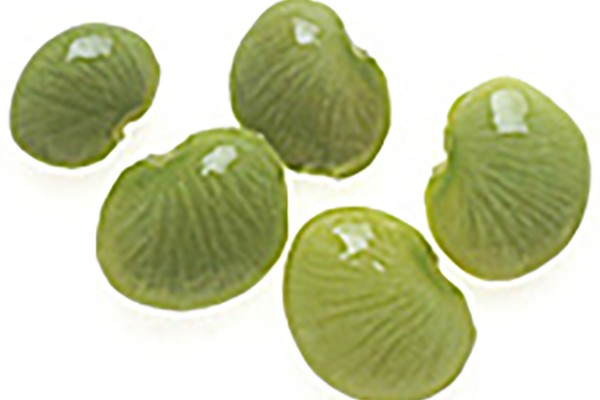Impact hypothesis loses its sparkle
The warming that following the last Ice Age was interrupted by a cold snap that killed off megafauna such as the giant ground sloth and the wooly mammoth. Could this crisis have been caused by an asteroid impact or a comet breaking up in the atmosphere? Unfortunately the geological evidence for such a dramatic event has not stood up to scrutiny. In PNAS a group of scientists challenges the catastrophists last, best hope: shock-synthesized nanodiamonds.
Trojan Horse attack on native lupine
Researchers in the Department of Biology in Arts & Sciences at Washington University in St. Louis conduct a study on the battle between an invasive plant and a native plant on the coast of California and how it is effecting wildlife in the area.
Geologists revisit the Great Oxygenation Event
Recent work with geochemical proxies for oxygen levels suggests that oxygen levels continued to fluctuate long after the Great Oxygenation Event 2.7 billion years ago, and that the oceans were many different flavors of anoxic right up until the Edicaran period, 600 million years ago. What happened in the intervening 2 billion years will be contested until scientists have more data, says a geochemist at Washington University in St. Louis.
Dining with laureates
In mid-summer two lucky Washington University in St. Louis graduate students got to travel to Lake Constance in Germany to listen in the morning to Nobel laureates lecture on the topics of their choice and quiz them in afternoon about life in science and what it is really like.
Seeing melanoma
Two scientists at Washington University in St. Louis are able to image subcutaneous melanoma tumors with startling clarity. Their imaging technique relies on sound rather than light because sound is less strongly scattered by tissues. In addition, the tumors are preloaded with a nanoparticle contrast agent that latches onto proteins that stud the surface of the cancerous cells.
Georgian, longtime professor of mechanical engineering, 97
John C. Georgian, who taught mechanical engineering at Washington University in St. Louis for 60 years, died Tuesday, July 6, 2010, in St. Louis after a brief illness. He was 97.
Beware the smell of bitter almonds
Many food plants contain cyanogenic glycosides that can release cyanide when the food is eaten. What’s more, a greater proportion of food plants than plants in general are cyanogenic. WUSTL researcher Kenneth M. Olsen, PhD, offers an explanation of this toxic puzzle.
Volvox genome sequenced
Scientists have sequenced the genome of the colonial alga, Volvox carteri, the journal Science announced. While the photosynthesizing colonial algae is fascinating in itself, knowing its genome may also help scientists engineer algae able to produce economic biofuels.
What plant genes tell us about crop domestication
Archeobotanists argue that plant domestication involved much trial and error in many different geographic regions over a long period of time. A genetic technique that allows domesticated and wild strains of the same plant to be compared shows that domestication requires only simple genetic changes. Yet the findings don’t contradict the archeobotanical data.
Engineering department changes name
On July 1, the Department of Mechanical, Aerospace & Structural Engineering in the School of Engineering & Applied Science changed its name to the Department of Mechanical Engineering & Materials Science. The change was made to reflect the department’s continued emphasis on the development and study of advanced materials.
View More Stories

